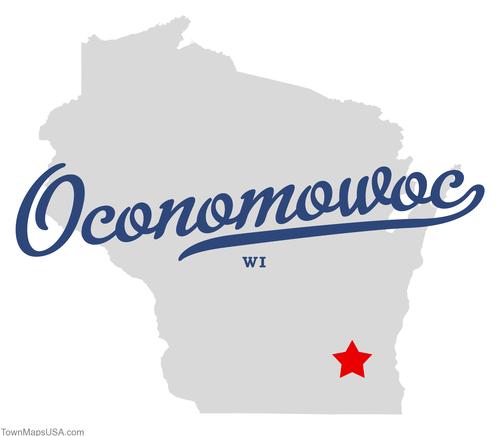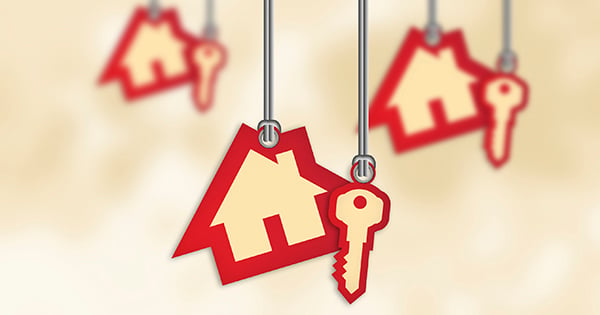10 Ways to Come Up with Down Payment Money for a House
If you've been thinking that a home purchase may be in your future, now’s the time to start saving for the down payment. Why get going now? Because it could take a while:
- “By some estimates, it could take two decades to come up with a respectable 10 percent,” writes The New York Times.
- The National Association of Realtors quotes research by RealtyTrac in reporting that, at the rate Americans currently are saving (5.6 percent), it’ll take 12.5 years, on average, for first-time buyers to amass a 20 percent down payment.
Do you really need 20 percent?
You can buy a home with less than 20 percent down. The FHA (Federal Housing Administration) recently lowered down-payment requirements for mortgages it insures to as low as 3.5 percent to make it easier for buyers to get into the market.
Buying a $250,000 home with 3.5 percent down would mean you’d need to bring just $8,750 to the deal. That’s probably less – maybe a lot less – than you spent on your car.
Why, then, do we hear so much about saving up 20 percent of the purchase price – $50,000 cash for that $250,000 home – for a down payment? Why not a down payment of 3.5 percent? Or 5 percent? Or, if you want more of your own money (equity) invested in the home, why not put 10 percent down?
Good question. Here’s the reason: If you contribute less than 20 percent down to a home purchase, you’ll be required to buy mortgage insurance. It protects the lender, not the buyer, from the chance you’ll fail to make your payments.
Private mortgage insurance typically costs between 0.5 percent to 1 percent of the entire loan amount on an annual basis. On a $100,000 loan this means the homeowner could be paying as much as $1,000 a year, or $83.33 per month — assuming a 1 percent PMI fee.
With an FHA mortgage, the insurance is called a mortgage insurance premium (MIP) and you must keep paying the premiums as long as you own the loan. You must refinance or sell the home to get out of the FHA insurance.
Click here to see the FHA’s costs and requirements.
With mortgage insurance in mind, you can understand the reasons to save up 20 percent, or as much as possible, before taking out a mortgage. While it’s a big job, many buyers manage it. It takes focus, discipline and, often, outside help. Here are 10 sources of down payment money:
1. Down-payment assistance programs
You might be surprised how many programs exist to help buyers – especially first-time homebuyers.
RealtyTrac counts 2,290 down-payment-assistance programs across the country. See its
map of the markets where most help is available.
One way to find them is through
Down Payment Resource, which calls itself “a Web-based software company with a mission to connect people with hard-to-find financial resources.”
The site takes your address or city, estimated annual income and number of people in your household. It asks if you are an armed services veteran or Native American. It delivers a list of programs for which you may be eligible, links to details and contact information for participating lenders in your area.
Or, look for programs near you by typing “down payment assistance programs” and your city’s name into a search engine. Income requirements typically apply, but check to learn if you are eligible.
If you are a veteran, you may be able to buy a home with no down payment.
2. Set up a dedicated account
Get going by setting up an account that pays the most interest possible while letting you access your savings. If you’ll be tempted to divert the money to other needs, set up an account solely for the down payment.
Comparison shop for rates at Money Talks News and elsewhere.
3. Put savings on auto pilot
Saving is painless and virtually unnoticeable when you establish an automatic draw that pulls money monthly, twice monthly or weekly from your checking account.
4. Dedicate windfalls and pay bumps
Pledge to put every single tax refund, gift of cash, purchase refund and work bonus into your down-payment account.
5. Stash every raise
When you earn a raise at work, carry on as if it never happened. Have the difference between your old and new paychecks funneled automatically into your down-payment savings.
6. Sell your stuff
Sell your possessions for cash to fatten your account. Money Talks News is full of inspiration and tips about how and where to make the most money selling your things. Here’s where to start:
7. Sell your car
Pump up your savings fast by disposing of assets that have real value, like a car, boat, motorcycle or expensive sports equipment. Do without or replace the car with a cheap beater.
8. Sell taxable investments
If you are going to sell investments to raise money for your down payment, cash in stocks, bonds, mutual funds and other taxable investments before touching money held in tax-deferred retirement accounts like IRAs and 401(k)s. Those carry stiff penalties for selling before retirement age.
9. Get help from family
Rules differ by lenders on whether and how much help you can get from gifts for your down payment.
One example: The FHA lets borrowers apply gifts from immediate family members toward a down payment. You’ll be required to produce a “gift letter” from the giver, verifying that the money is not actually a loan. You’ll probably also need to show copies of checks or wire transfers so your lender can verify the origin of the gift.
10. Ask your employer
Some companies, colleges, universities and state or local governments have programs to help employees with down payments. Ask your human-resources department about possibilities where you work.
Employees can get a second mortgage at 2 percent interest for between $600 and $6,000 to cover their closing costs and down payments. Firefighters, law enforcement personnel and teachers often are eligible for down-payment help.
And don’t forget, when negotiating for a job, you may be able to ask your new employer to include down-payment assistance as part of your compensation package — as a signing bonus or relocation assistance.
Need more information?? Contact me for more details about local Milwaukee/Waukesha housing programs that will help you with your down payment!!
262-443-2672
 All of the housing news this week has been good—home sales are up for both resales and new construction—and now interest rates have moved lower.
All of the housing news this week has been good—home sales are up for both resales and new construction—and now interest rates have moved lower.







